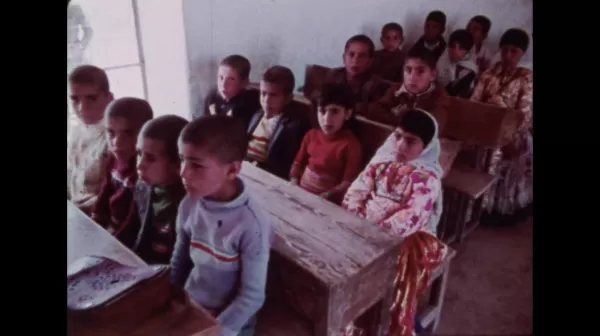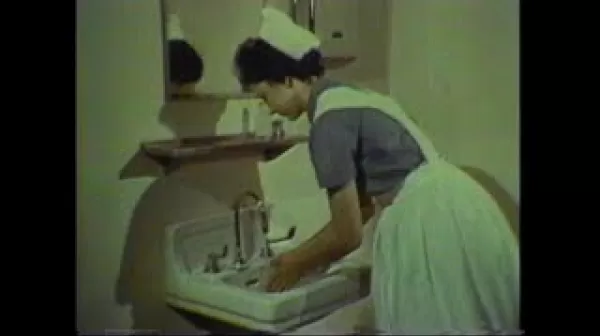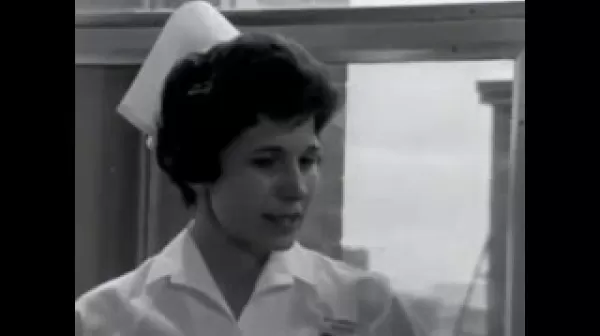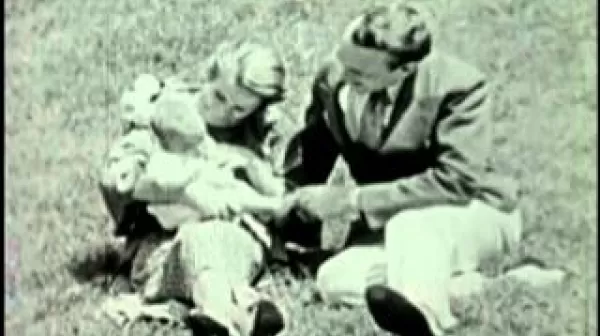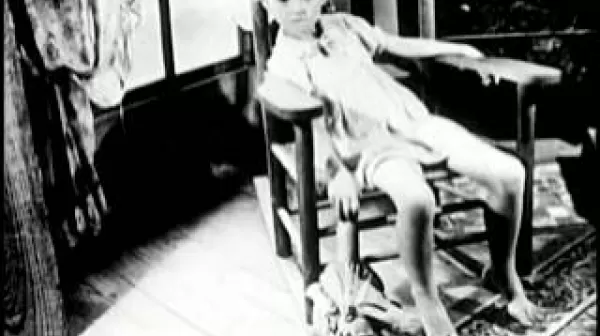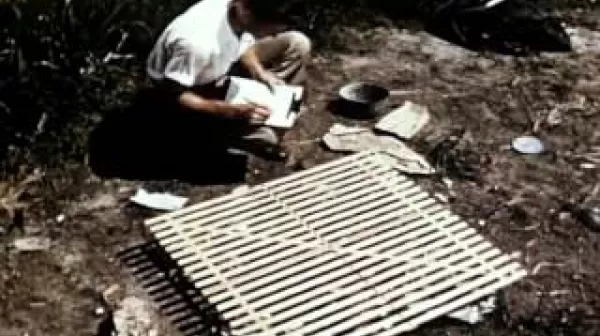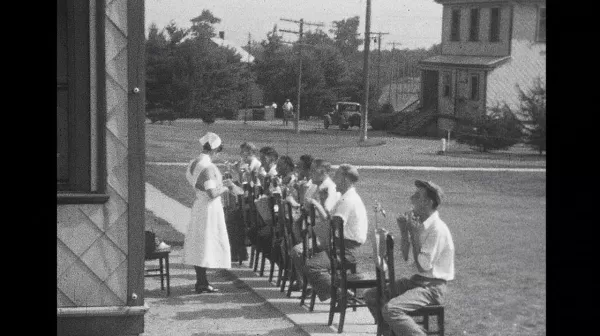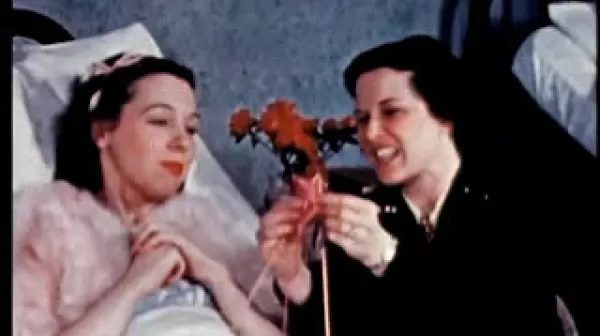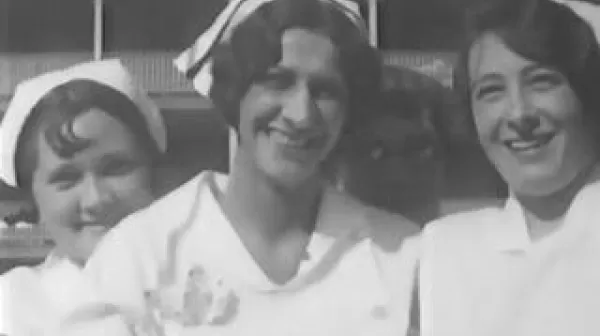Rural Health Workers (National Film Board of Canada, 1977)
The use of trained auxiliaries to bring basic health care to rural populations is being tested in many countries. With few qualified doctors and nurses available, and a need to focus on preventive care in addition to curative medicine-which is expensive and often inaccessible-paramedical personnel can meet many of the needs of isolated populations. This film profiles efforts in six countries: Bangladesh, India, Canada, Venezuela, Iran, and Panama.

